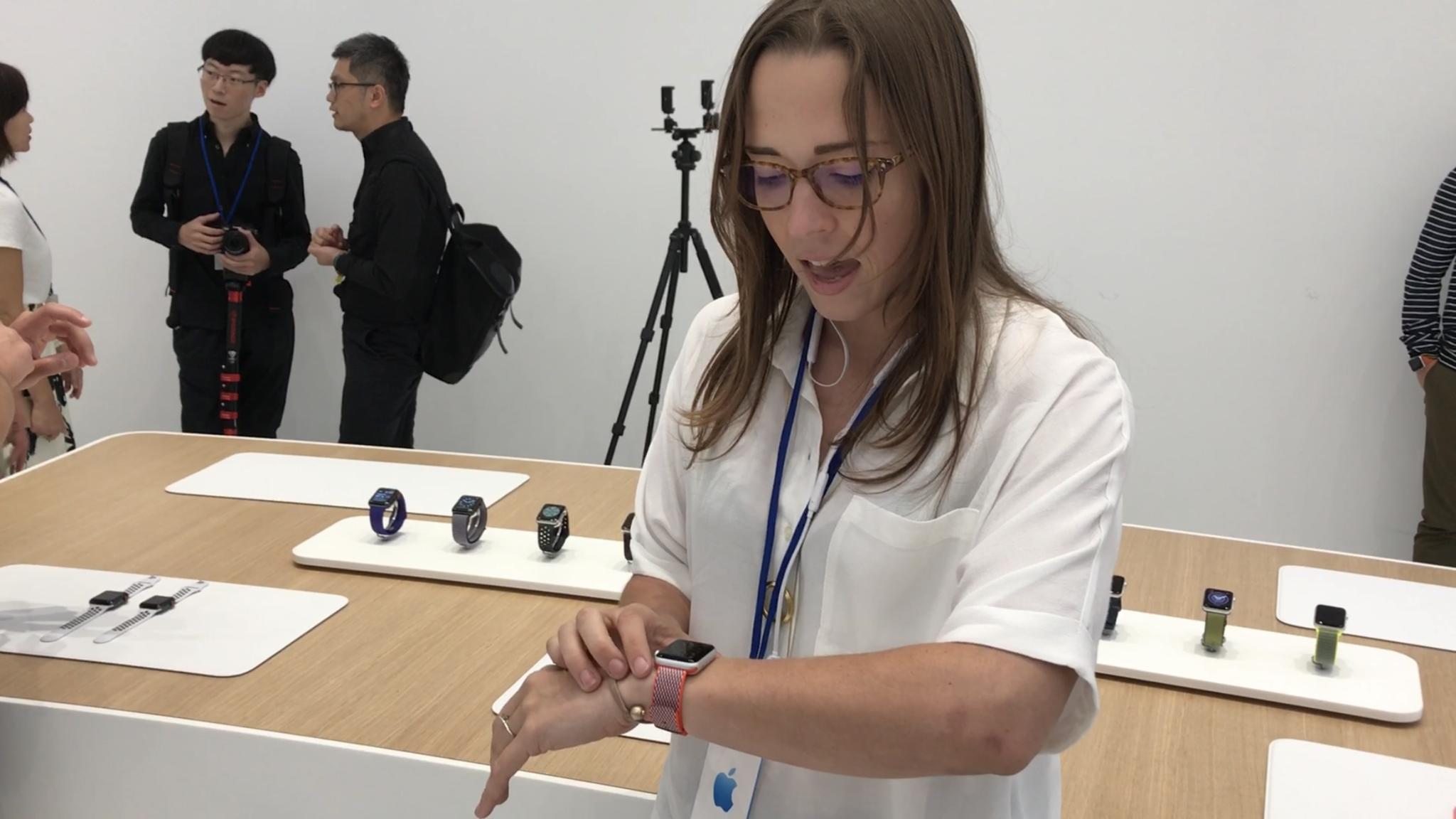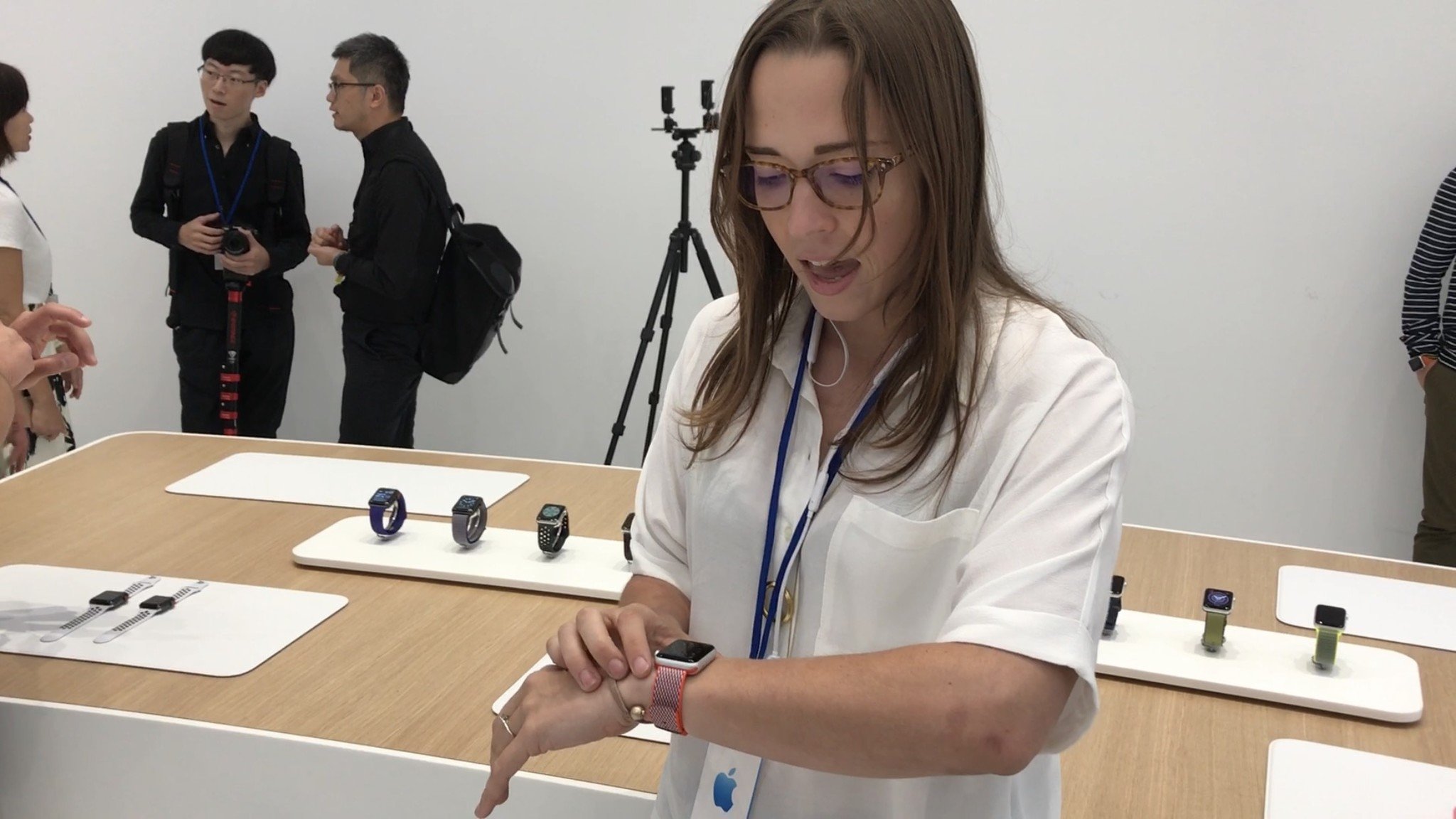
On looks alone, the only thing differentiating this year's Apple Watch upgrade from its predecessors is a tiny red dot on the Digital Crown. Why red? Why add it to the Crown? While I got no official answer from the folks at Apple Park, I love the look. It further highlights Apple's bestselling smartwatch on the wrist as not only a fashion choice, but an outright statement. We are the smartwatch industry. We are here. And we are crushing the competition. (And, somehow, making a red dot work with all our bands, case colors, and outfits.)
Forget Fitbit, Misfit, Android Wear, Samsung. It's been three years since the Apple Watch's release, and no one has built a watch that does a fraction of what Apple is attempting to do in the Series 3 — and in a 38mm form factor.
LTExcellence
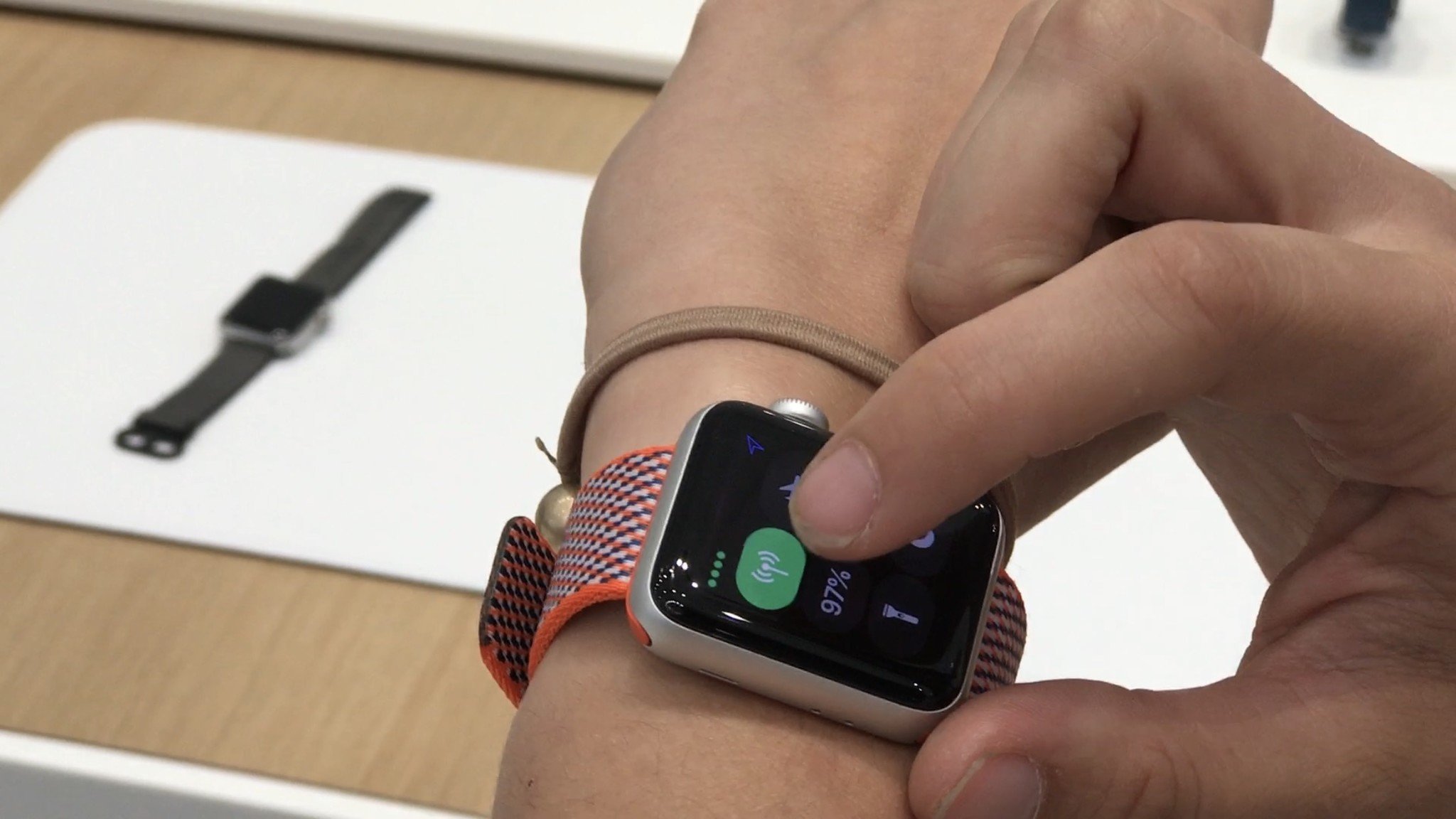
This year, the company is stepping up its game and adding LTE. Not by halving the battery life (which reportedly is staying the same), nor bulging the watch up or out (the sapphire crystal backing protrudes just 0.2mm more). By being Apple: working silicon to the bone. Making the Watch's OLED display the LTE and Wi-Fi antenna. And miniaturizing an already tiny SIM card. Oh, and the S3 chip makes my otherwise competent Series 2 feel like it's running through molasses.
What's the difference between Apple Watch Series 0, Series 1, Series 2, and Series 3?
If I sound bullish on this iteration of Apple's smartwatch after only a short time with it, that's because I am. I came into this event with high expectations for the company and a low tolerance for compromise. I didn't want to see an LTE watch that only made phone calls, or destroyed battery life, or required the 42mm watch to function. If Apple was going to do this, they needed to do it right.
And, quite frankly, they have. They're innovating in this space in the areas that matter, like health monitoring and smart connectivity. Those who expected the LTE version of this watch to be crippled in some way — myself included — were wrong: The Series 3 offers full connectivity for Maps, Messages, phone calls, third-party apps, Music (coming in October), and Siri.
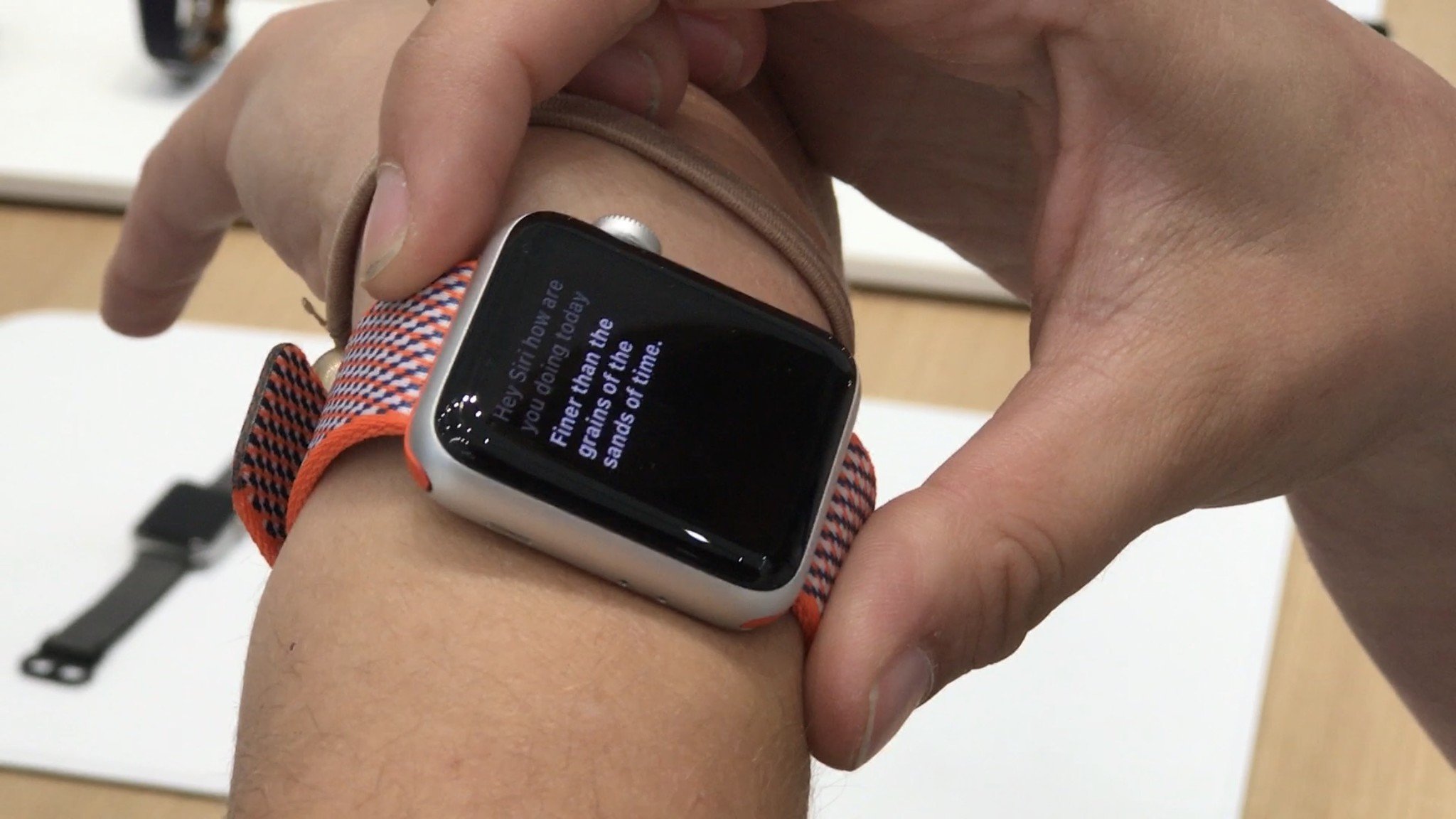
I've never used Siri the way I did with the Series 3 earlier on Tuesday. The pause is gone. You ask a query, and Siri responds immediately. No lag, no spinning, no "I'll tap you when I'm ready." The assistant, even without all the features it had on the iPhone, was always the best way to interact on the Apple Watch — when it worked. Now it does, and it works reliably. I threw a half-dozen queries, app requests, and dictations toward Siri in the hands on area and it answered flawlessly. It might be the best Siri experience I've ever had. This alone is a game-changer for how I use Apple Watch, and I suspect I'm not alone.
Maps is equally compelling: wander or run about your city and don't worry about bringing your pocket computer for emergencies. As is Messaging and phone calls: the features allow you to be connected when you need to, but disconnected (with the tap of a button) when you don't.
The Series 3 may not go far enough for some people in this arena. It still requires an iPhone to pair, which means those dreaming of an Apple Watch on Android or a phone-less world have to keep on dreaming. And you'll undoubtably have to pay an additional fee for data use, which won't be a thrill for those on a budget. Still, it's one of the most impressive feats I've seen from the folks at Apple, and I look forward to testing it more thoroughly upon its release.
The form factor
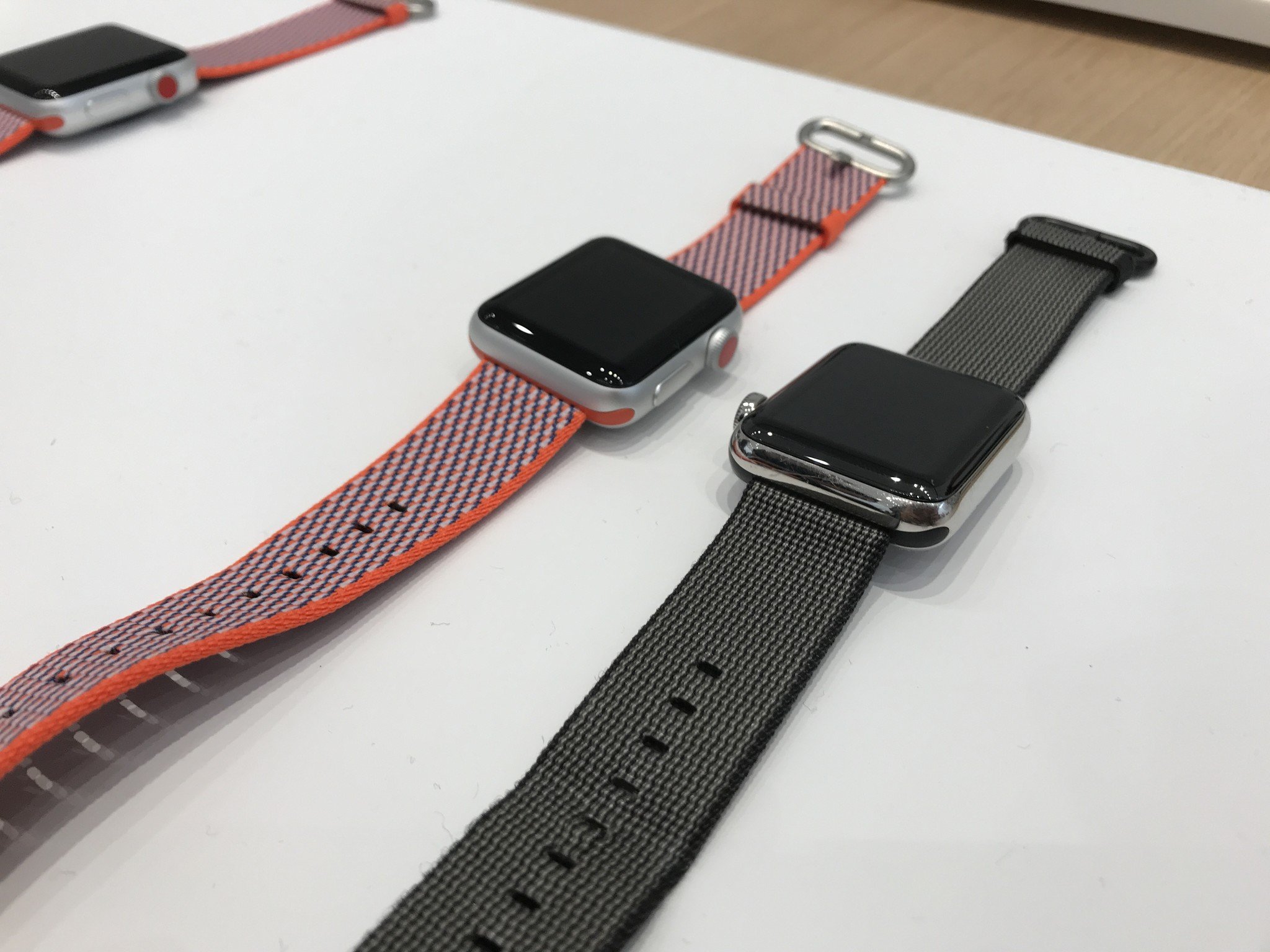
A word on Apple's form factor here, because it's something I've been stewing on this week. When the Apple Watch was first released in 2015, I compared the 38mm and 42mm cases to a variety of Android manufacturers, lamenting at the time that only Apple made a watch that didn't look like a black hole on my wrist.
Yes, big watches were (and are) in style these days, but the style requires a loose, almost bangle-like fit around your wrist to look correct. With smartwatches and heart monitors, this sort of fit is nigh-impossible: Wear it loose, and you get no heart rate measurements; wear it tight, and it looks like you have a sun dial strapped to your wrist.
I know there are complaints about the rectangular form factor, and I feel it. There's a beauty to oval watches, and I hope Apple can do something with the style in the future. But the company went that way in the first place in order to have watches that fit all kinds of people — not just those with 40mm+ wrists.
Since I wrote that piece in 2015, there is not a single manufacturer who has managed to make a working watch with the same features under 40mm. I highlight this to point out just how incredible it is that Apple is not only shipping an advanced smartwatch at 38mm — it now packs a full-featured LTE antenna inside that form factor, too. Small, stylish watches are hard. Small stylish watches with fitness tracking and a full mobile OS are harder. Small stylish watches with fitness tracking, a full mobile OS, and LTE? Those are impossible, according to the rest of the industry. And Apple just proved them wrong.
LTE Apple Watch Battery Tests: Will cellular destroy the Series 3 battery?
Just saying: There's a reason the company is now the best-selling watchmaker on the planet, and it's not because they're making square watches. They're making small ones.
Healthy lifestyles
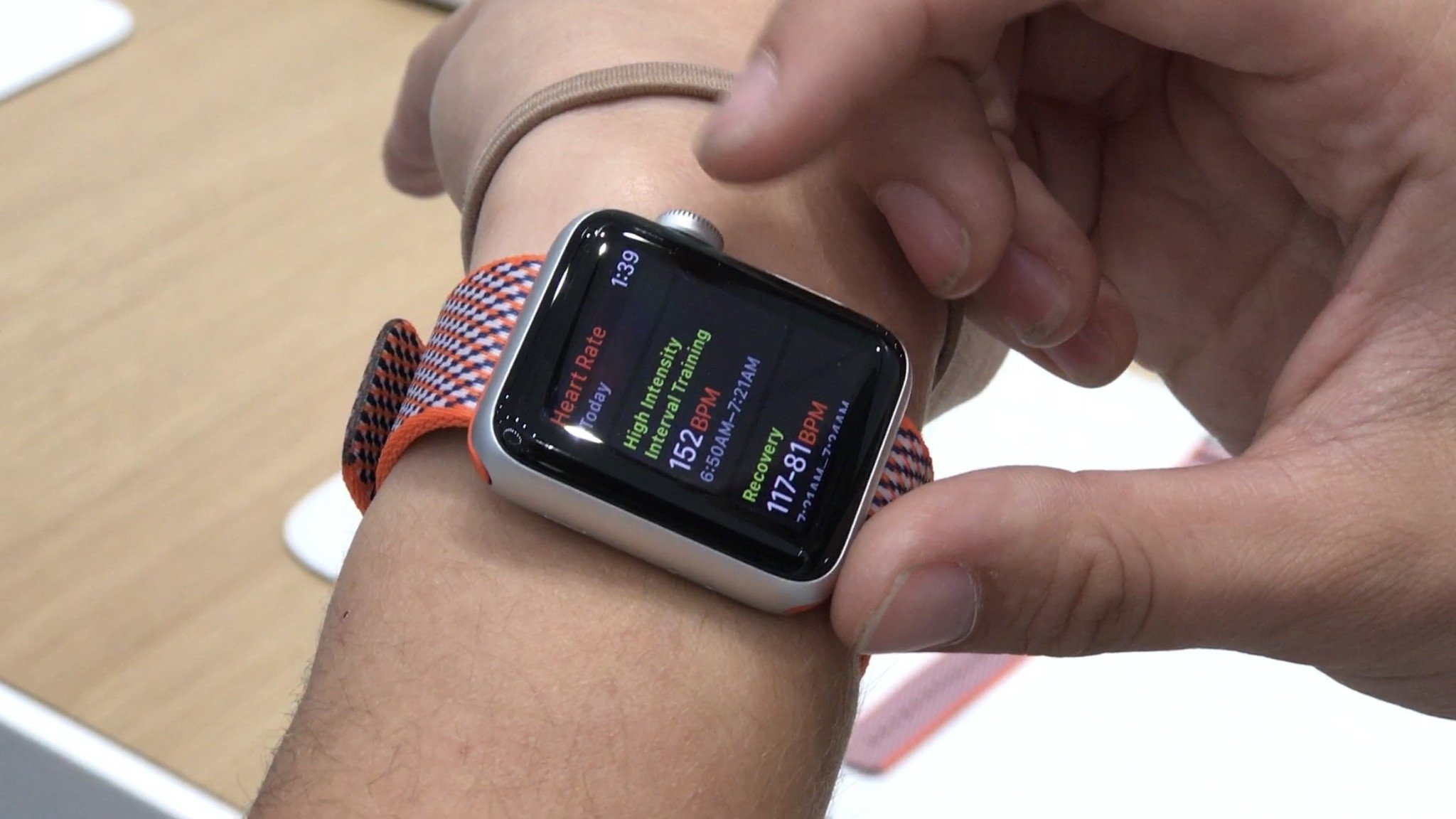
The other side of the Series 3 is centered around software-side improvements, largely to the Heart Rate app. These features will be coming to all Series models with a watchOS 4 update, so it's less of an exclusive feature than an early sneak peek, but still a welcome one.
The Heart Rate app will track your resting heart rate over time, as it has in the past, but now it will track and display your average workout heart rate, recovery time, and more. Apple has also built in an alert that warns users if their heart rate goes over a certain BPM when the watch believes the user is at rest — 120 by default, but supposedly user customizable. The interface on the watch is easily readable, with a Health app interface that allows even easier legibility. I appreciate also that it divides your heart rate averages by workout types — after all, not all workouts are made equal.
There's also a lot to be said about Apple's continuing commitment to health discovery, the incredible video the company displayed during the keynote on its Apple Watch users, and the upcoming Apple Heart Study with Stanford this fall, but I'll save it for a piece outside of this hands on.
The rest
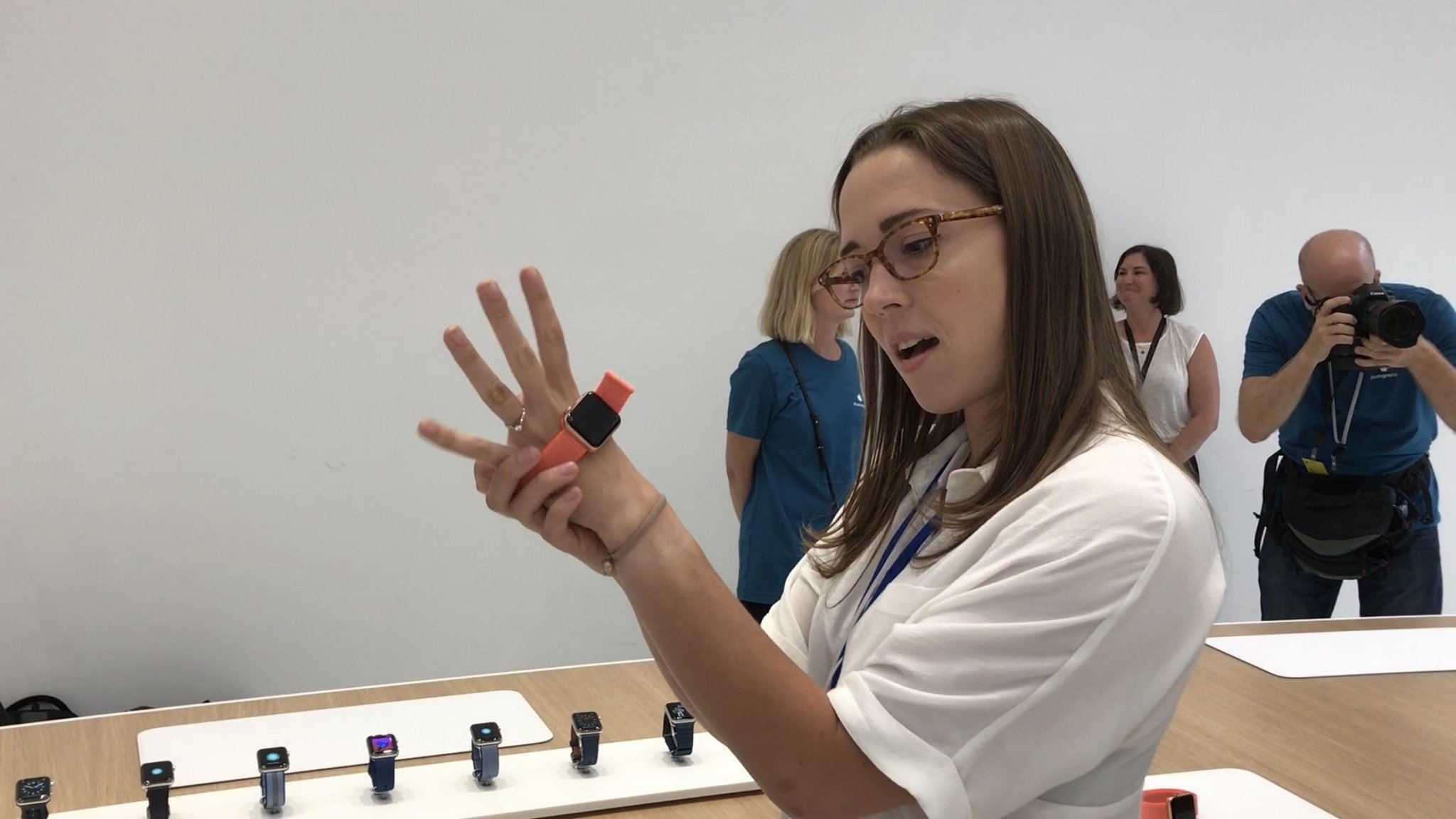
There are a few other features worth mentioning on the Series 3: I didn't get a chance to test the speaker, but I was always happy with the Series 2 for phone calls. (On a related note, Apple's phone call demo on stage was one of the better ways to explain why you'd want to take a call on your watch that I've ever seen.)
Apple Watch Series 3 Cellular vs GPS-only: What's the difference?
The watch itself felt identical on my wrist to the Series 2, with the exception of the Nylon Sport Loop band: It's nylon, but feels almost like terrycloth. It also provides a super-tight fit on the wrist without cutting off circulation or making your skin uncomfortable — runners like my dad are going to love this band.
Really, my hands on experience with the Series 3 comes down to this: I was skeptical and quite frankly concerned about Apple pushing LTE to the watch before it was ready. After today, my fears aren't completely assuaged — I'll wait for our battery life tests when I review it — but I have faith in the company's direction here. They're continuing to set benchmarks in the smartwatch industry, especially for the smaller-wristed, and the Series 3 looks to be the next big step.
Serenity was formerly the Managing Editor at iMore, and now works for Apple. She's been talking, writing about, and tinkering with Apple products since she was old enough to double-click. In her spare time, she sketches, sings, and in her secret superhero life, plays roller derby. Follow her on Twitter @settern.
